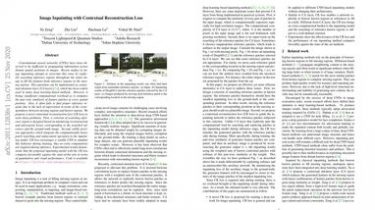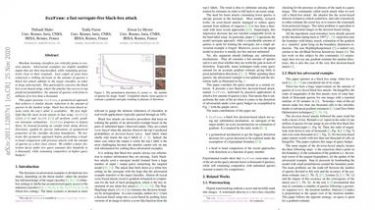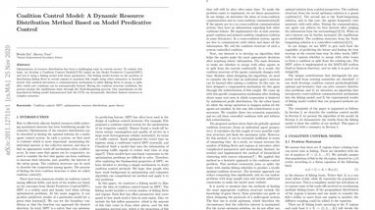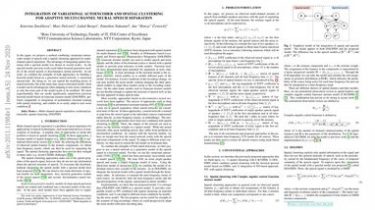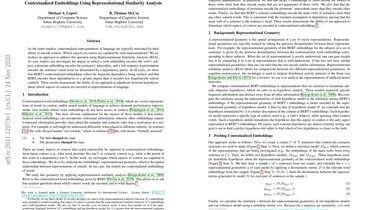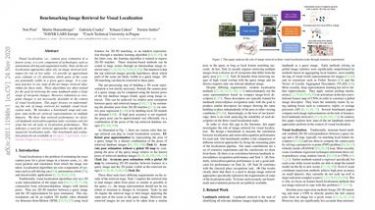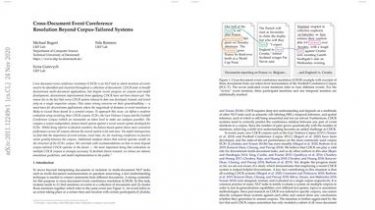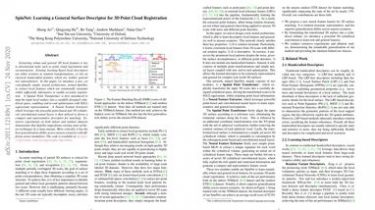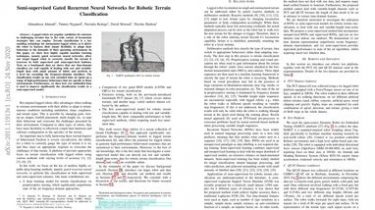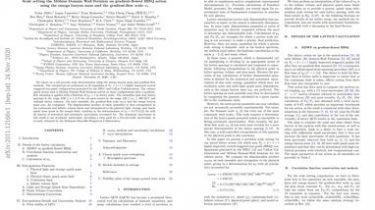Image Inpainting with Contextual Reconstruction Loss
Convolutional neural networks (CNNs) have been observed to be inefficient in propagating information across distant spatial positions in images. Recent studies in image inpainting attempt to overcome this issue by explicitly searching reference regions throughout the entire image to fill the features from reference regions in the missing regions… This operation can be implemented as contextual attention layer (CA layer) cite{yu2018generative}, which has been widely used in many deep learning-based methods. However, it brings significant computational overhead as it computes […]
Read more